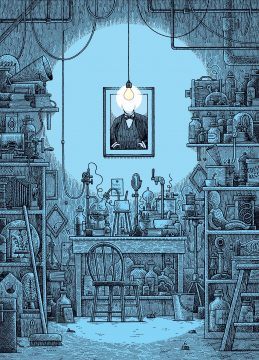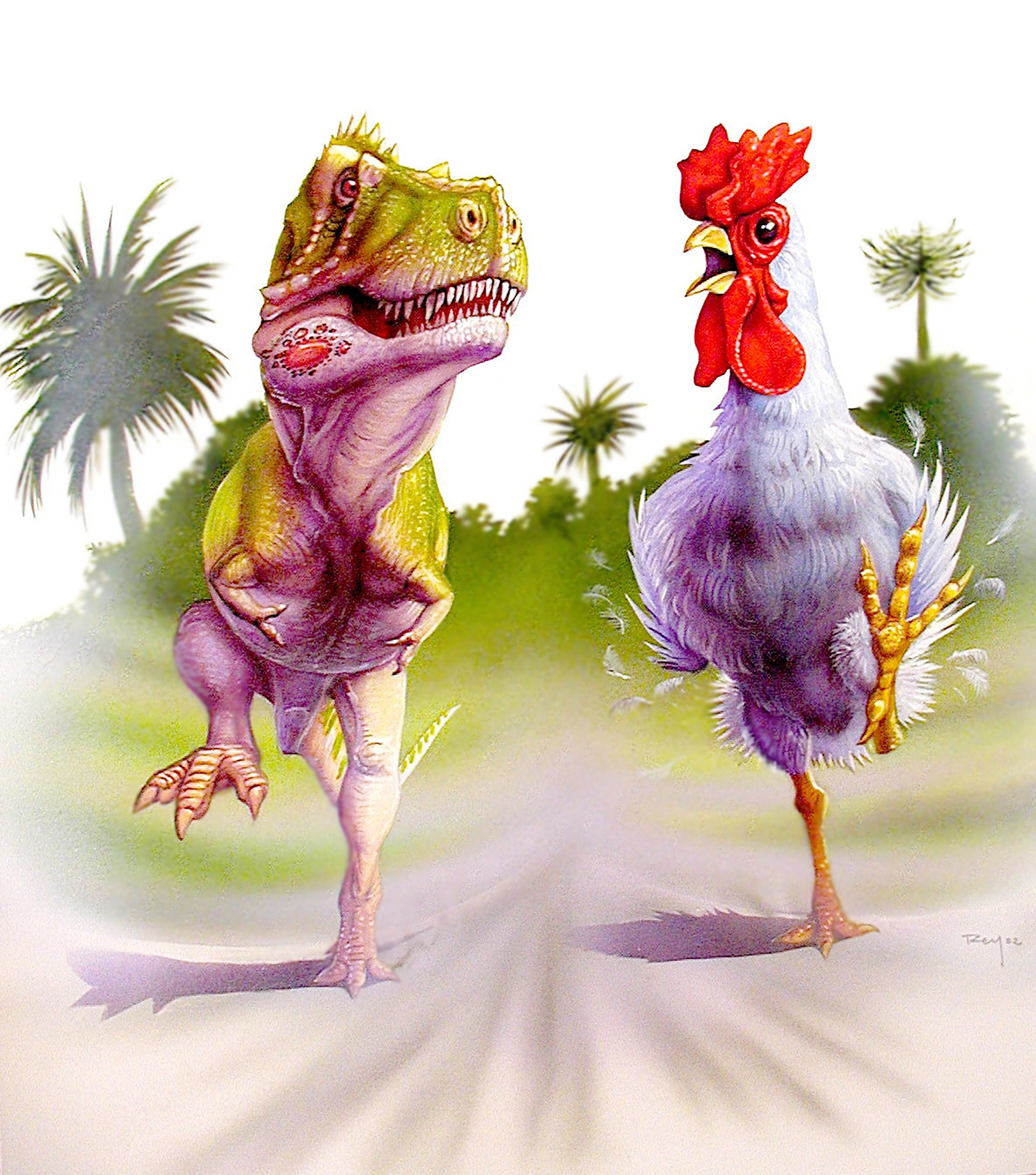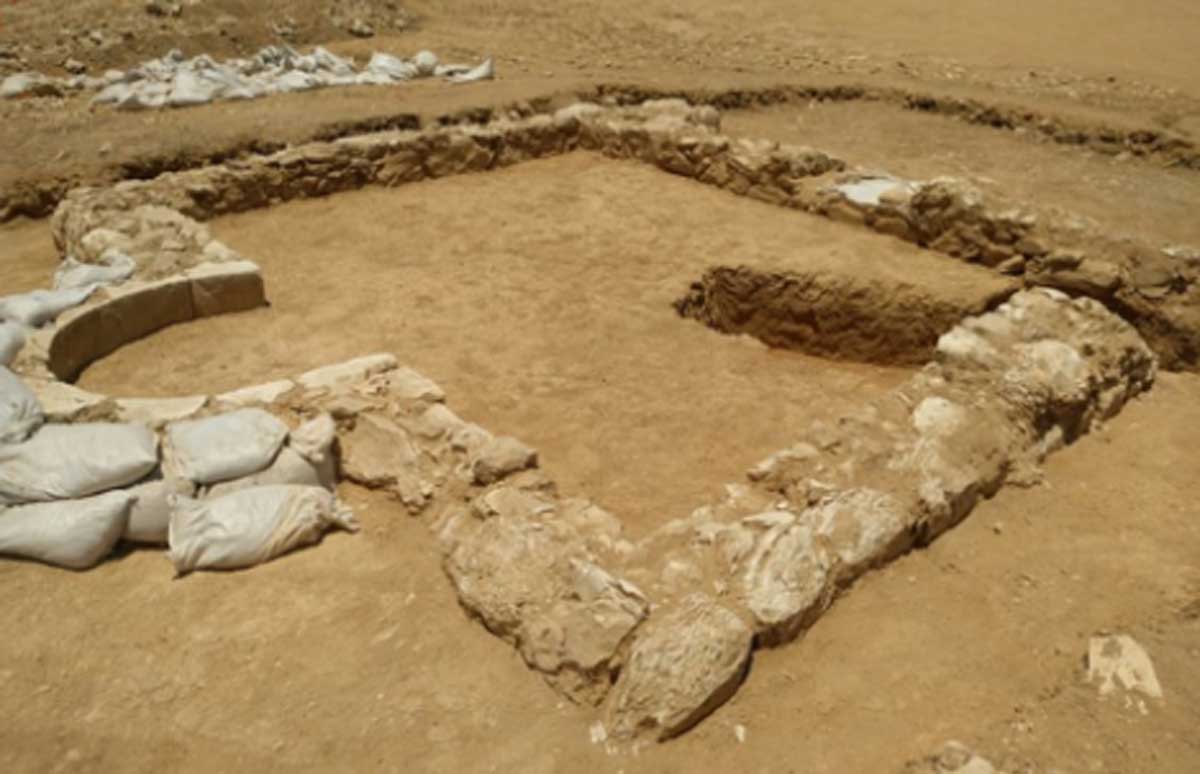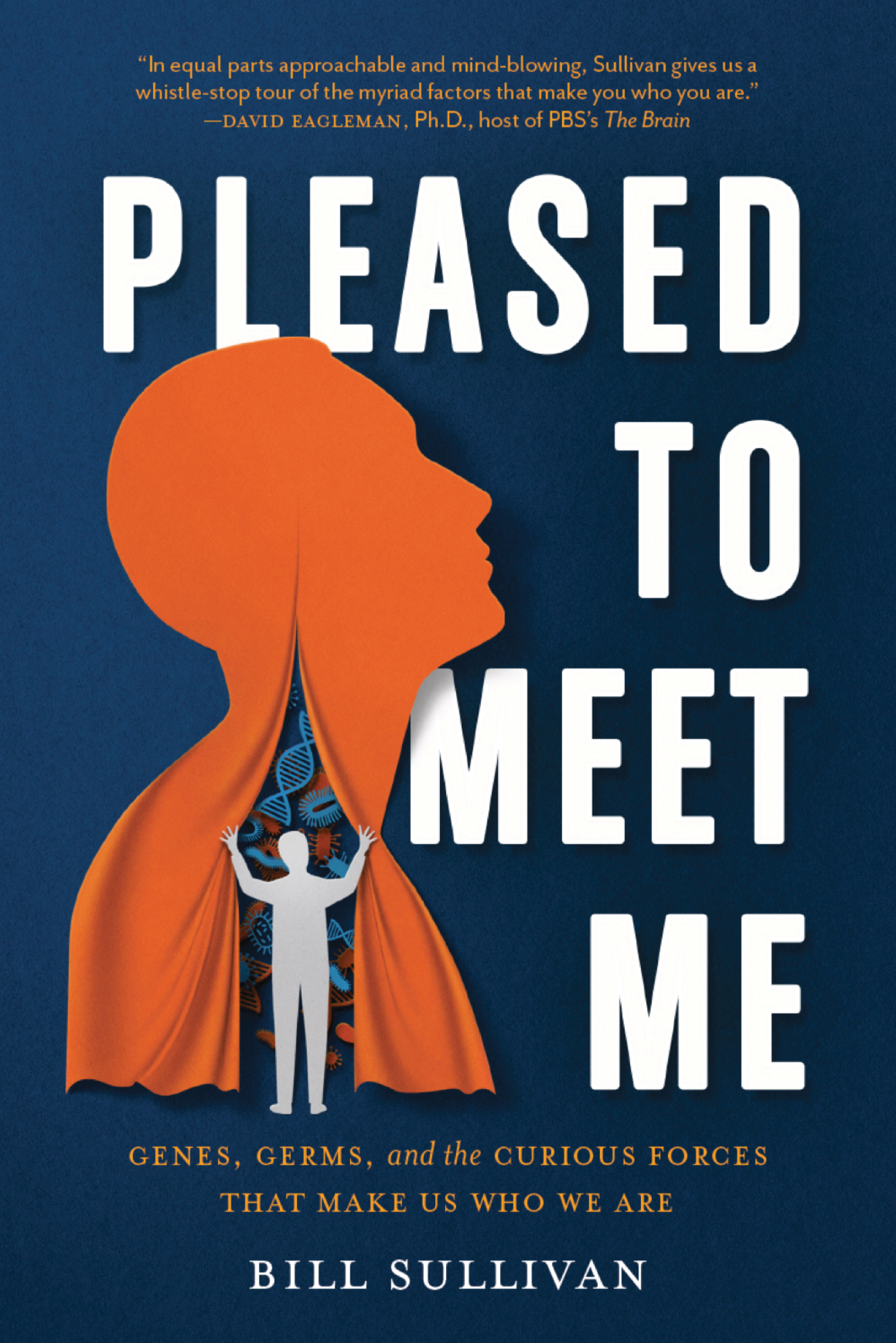via 3 Quarks Daily by Azra Raza: Casey Cep in The New Yorker:

“My so-called inventions already existed in the environment,” Edison once said. “I’ve created nothing. Nobody does.”Illustration by Tom Gauld
There were ideas long before there were light bulbs. But, of all the ideas that have ever turned into inventions, only the light bulb became a symbol of ideas. Earlier innovations had literalised the experience of “seeing the light,” but no one went around talking about torchlight moments or sketching candles into cartoon thought bubbles. What made the light bulb such an irresistible image for ideas was not just the invention but its inventor.
Continue reading
==============================
via Ancient Origins by Ashley Cowie

HM Bark Endeavour replica in Cooktown ( John Hill / CC BY-SA 3.0 )
Has Captain Cook’s shipwrecked ' Endeavour', one of the most famous research ships in history, finally been identified off Rhode Island?
The HMS Endeavour was built originally for the transportation of coal. It was bought and transformed by the Royal Navy and on August 26, 1768, Royal Navy Lieutenant, (later Captain) James Cook departed from Plymouth carrying 94 people onboard ‘ Endeavour’, including scientists of the Royal Society like Joseph Banks, the botanist and astronomer Charles Green. In 1769 the scientists observed the planet Venus transiting the Sun in Tahiti. Cook then mapped the coast of New Zealand in the South Pacific before making the first European landing in Botany Bay, Australia, in 1770.
Continue reading
==============================
via Boing Boing by Thom Dunn

(Image via Luis Rey/Wikimedia Commons)
Scientists in Queensland, Australia have pieced together the most complete pterosaur fossil collection yet – a big-headed reptile with a 12-foot wingspan they've named Ferrodraco lentoni, or "Butch's Iron Dragon."
Continue reading
==============================
via Interesting Literature
Poems are often reflective pieces of writing, and on occasion they have considered actual reflections – mirrors and mirror-images and the like. Below, we’ve selected ten of the finest poems about mirrors and reflections.
Continue reading
and yes, it does include Sylvia Plath’s “Mirror”.
==============================
via 3 Quarks Daily by Gabrielle C. Durham

Do you remember when the Irish playwright and critic George Bernard Shaw suggested significant changes to English spelling so that it would make more sense? Probably not, because it was more than 70 years ago. According to him and, likely, some predecessors, English spelling was so goofy that ghoti could be manipulated to sound like fish. (Gh as in “enough,” o as in “women,” ti as in “action”). He had an admittedly excellent point about the, um, esoteric spelling rules of English.
Often alphabets reform during times of great social and political upheaval as an issue of nationalism. For instance, many of the languages and alphabets in Europe underwent serious changes to uphold and distinguish themselves from other similar languages in the second half of the 19th century, amidst all sorts of revolutions.
Continue reading
==============================
via MakeUseOf by Dave Parrack
Google is now offering everyone the chance to take a virtual tour of the Palace of Versailles. You’ll be able to tour the royal residence, view hundreds or artworks in ultra high resolution, and more besides, all using the Google Arts and Culture app.
Continue reading
==============================
via Boing Boing by David Pescovitz
Continue reading and watch another couple of videos including one of Leon Theremin!
==============================
via Ancient Origins by Ashley Cowie

This rural mosque likely served nearby farmers sometime between 600 and 700 AD. (Emil Aladjem / Israel Antiquities Authority )
The remains of a 1,200-year-old mosque have been unearthed in Israel’s Negev desert and it’s being celebrated as one of the earliest known mosques in the world.
Hidden beneath the sands of Rahat, Israel, north of the Negev desert city of Be'er Sheva, while surveying the area before construction work began on a new neighbourhood, archaeologists from the Israel Antiquities Authority told reporters that they have discovered a “small rural mosque dated to the 7th to 8th centuries”.
The Discovery of the Ancient Mosque
Dr. Jon Seligman and Shahar Zur directed the excavations and the former is calling the discovery “an extremely unusual one” and “a rare finding anywhere in the world”. An article on FoxNews explains that while houses of prayer from this period have been found in Jerusalem and in Mecca this one served simple farmers who lived in the area, contrasting with the grandeur of 8th century urban mosques of that era. Rather than displaying a mind boggling complex of interlocking geometric architectural plans and elevations, this newly-discovered house of worship was “a simple rectangular building”.
Continue reading
==============================
via Interesting Literature
In this week’s Dispatches from The Secret Library, Dr Oliver Tearle reviews a lyrical early novel by Patricia McKillip
Sybel, a teenage girl living all alone among the mountains, spends her days caring for a menagerie of mythical creatures, including a cat, a falcon, and a boar, until a man named Coren arrives with a baby he entrusts to her for safe-keeping. Sybel is reluctant to take the baby under her protection, but this isn’t just any baby boy: he’s the heir to the kingdom. Just over a decade later, Coren returns to claim the child, who has now grown into a young boy named Tamlorn. But Sybel has developed a bond with the boy, and initially refuses to give him up; she is eventually persuaded to do so. She meets the wizard Mithran who has been paid by the king, Drede, to destroy Sybel’s will, but Mithran wants Sybel for himself.
Continue reading
==============================
posted by Azra Raza in 3 Quarks Daily: Bill Sullivan in The Scientist:

NATIONAL GEOGRAPHIC, August 2019
As author George R.R. Martin would attest, good writing takes time. For aeons, DNA has been writing genetic scripts for “survival machines,” evolutionary biologist Richard Dawkins’s term for living organisms – their primary purpose being to live long enough to propagate their DNA. As author Samuel Butler recognised in 1877, “A hen is only an egg’s way of making another egg.”
But our planet has limited resources, so survival machines that had a leg up on the competition won the DNA replication relay. Selfish genes were locked in an arms race to craft survival machines that were better, stronger, faster. About 600 million years ago, an ancestral neuron emerged that heralded a new weapon: intelligence. It took nearly 4 billion years, but DNA has finally built a survival machine intelligent enough to expose DNA’s game. We are the first species to meet our maker.
Continue reading
It is one theory. I prefer to believe that God created us and that I will meet my maker when I enter heaven.
No comments:
Post a Comment